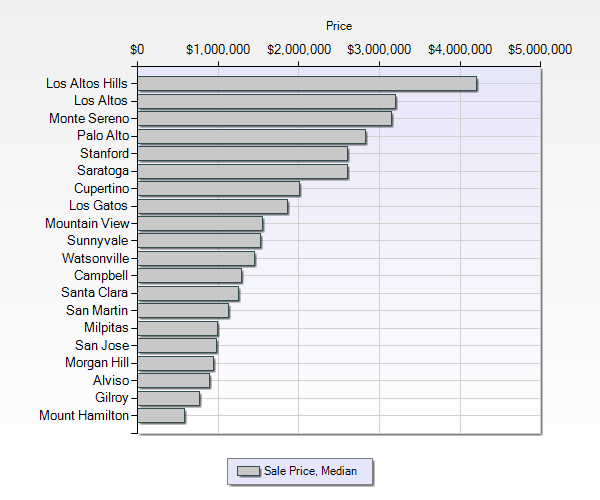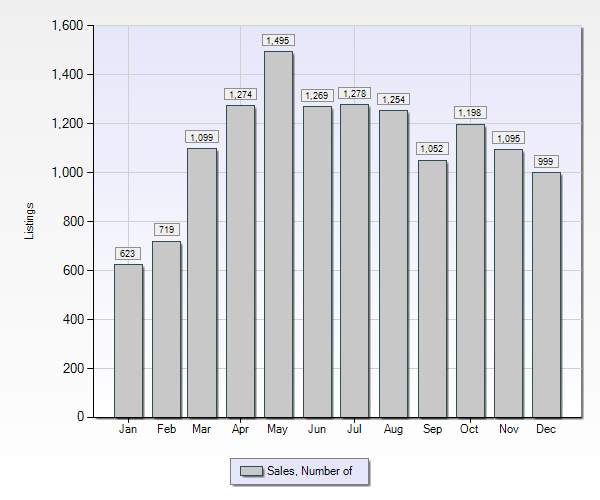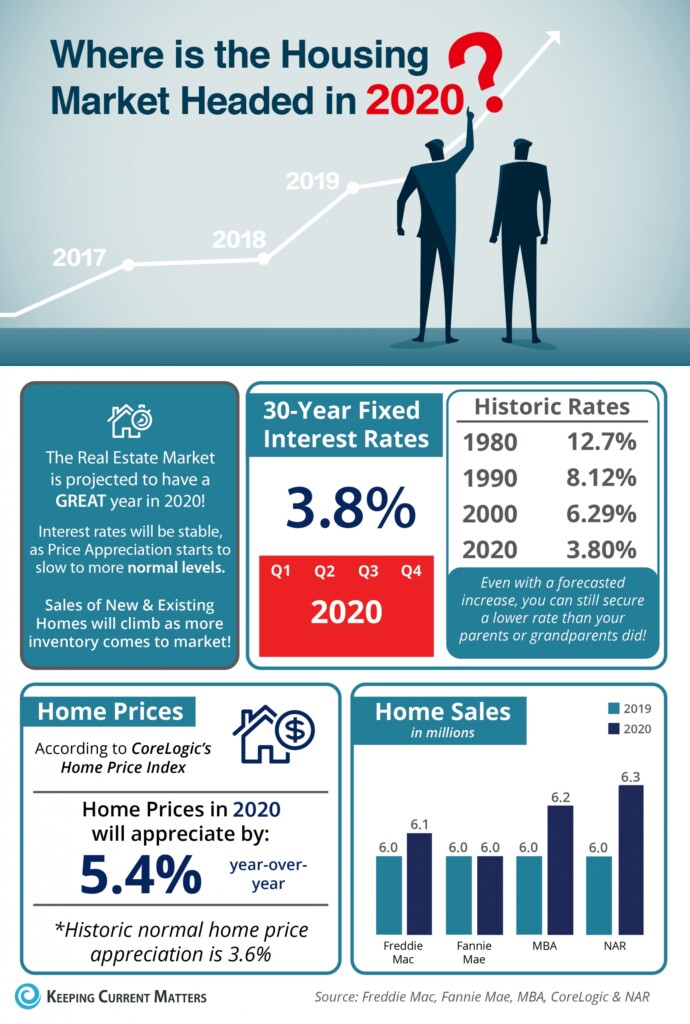
It’s been a little over a decade since the United States recession, a result of the 2007-2009 mortgage crisis. This 10 year benchmark has led many to speculate- is another housing crash around the corner? While there can be indicators a bubble is imminent (or in progress) housing bubbles are definitively measured in hindsight, only after there’s been a market correction … and that’s what 2019 felt like – a minor market correction. Though it’s by no means a drastic drop, Santa Clara County’s total sales and median prices are down from (what appears to be) the 2017/18 “peak”. A time when prices were at an all-time high, with homes in the Silicon Valley selling for hundreds of thousands over the asking price. Below are 2019 stats and a comparison of how the local market did compared to previous years.
Santa Clara County • Condo/Townhome/House
2017
Total listings: 15,203
Total sales volume: $19,161,780,570
Average # days to sell: 20
2018
Total listings: 13,946
Total sales volume: $19,929,277,286
Average # days to sell: 19
2019
Total listings: 13,355
Total sales volume: $18,165,276,108
Average # days to sell: 30
Median Price by City/Area | Santa Clara County | 2019
| City | Sale Price, Median |
|---|---|
| Los Altos Hills | $4,200,000 |
| Los Altos | $3,195,000 |
| Monte Sereno | $3,150,000 |
| Palo Alto | $2,825,000 |
| Stanford | $2,600,000 |
| Saratoga | $2,598,000 |
| Cupertino | $2,010,000 |
| Los Gatos | $1,862,500 |
| Mountain View | $1,550,000 |
| Sunnyvale | $1,518,000 |
| Watsonville | $1,445,000 |
| Campbell | $1,290,000 |
| Santa Clara | $1,250,000 |
| San Martin | $1,125,000 |
| Milpitas | $985,000 |
| San Jose | $970,000 |
| Morgan Hill | $937,500 |
| Alviso | $888,000 |
| Gilroy | $765,894 |
| Mount Hamilton | $575,000 |

Out of all the cities in Santa Clara County, we’re not surprised to see Los Altos Hills top the list.
Total # of Sales by Month | Santa Clara County | 2019

The busiest month of the year was May, with a total of 1,495 homes sold in Santa Clara County. This is pretty typical as most families want to make a move during the summer time, after the school year has ended.
What's Ahead in 2020

As Realtors, we often hear people say they’re waiting to buy a home when the market crashes. This is supported by a widespread expectation that the long-running economic expansion, which began in June 2009, is nearing its end. The economy is expected to grow modestly (by 2.2%) in 2020, marginally higher than the projected growth of 2.1% in 2019, and much slower than the 2.9% expansion in 2018, when the economy got an initial boost from the federal Tax Cuts and Jobs Act. Still, National Association of REALTORS® Chief Economist Lawrence Yun says a recession is unlikely in the year ahead. “We expect 2020 will be a year of slower growth but not a recession year. However, an all-out trade war would lead to an economic downturn in nearly every country, including the U.S.,” he says.
The biggest challenge we’ll face in 2020, specifically here in the Silicon Valley real estate market, is a lack of housing; especially affordable housing. Low supply and an ever-growing demand will continue to keep the Bay Area real estate one of the most expensive places to own a home. That being said, there are a few positives we can expect in the year ahead

*Stats & graphic courtesy of Keeping Current Matters
Good News For Buyers
• Interest rates will be lower than they have been since before 1980 at 3.8% and are projected to remain steady throughout 2020.
• Experts predict that the number of homes sold in 2020 will be equal to or outpace 2019.
• Housing supply is expected to improve this year, with housing starts expected to hit 1.42 million, up from 1.27 million last year.
Good News For Sellers
• According to CoreLogic, home prices will appreciate at a rate of 5.4% over the course of the year.
• Mortgage applications have already spiked 30.2% from last week, meaning, homebuyers are starting earlier than the normal spring buying season.
• The continuation of low unemployment + low interest rates equals more eligible buyers.
1. Keeping Matters Current
https://www.keepingcurrentmatters.com/2019/12/20/where-is-the-housing-market-headed-in-2020-infographic/
2. Bank Rate
https://www.bankrate.com/real-estate/housing-trends/
3. Housing Bubble https://en.wikipedia.org/wiki/United_States_housing_bubble
4. National Association of Realtors
https://magazine.realtor/news-and-commentary/economy/article/2020/01/2020-economic-outlook


